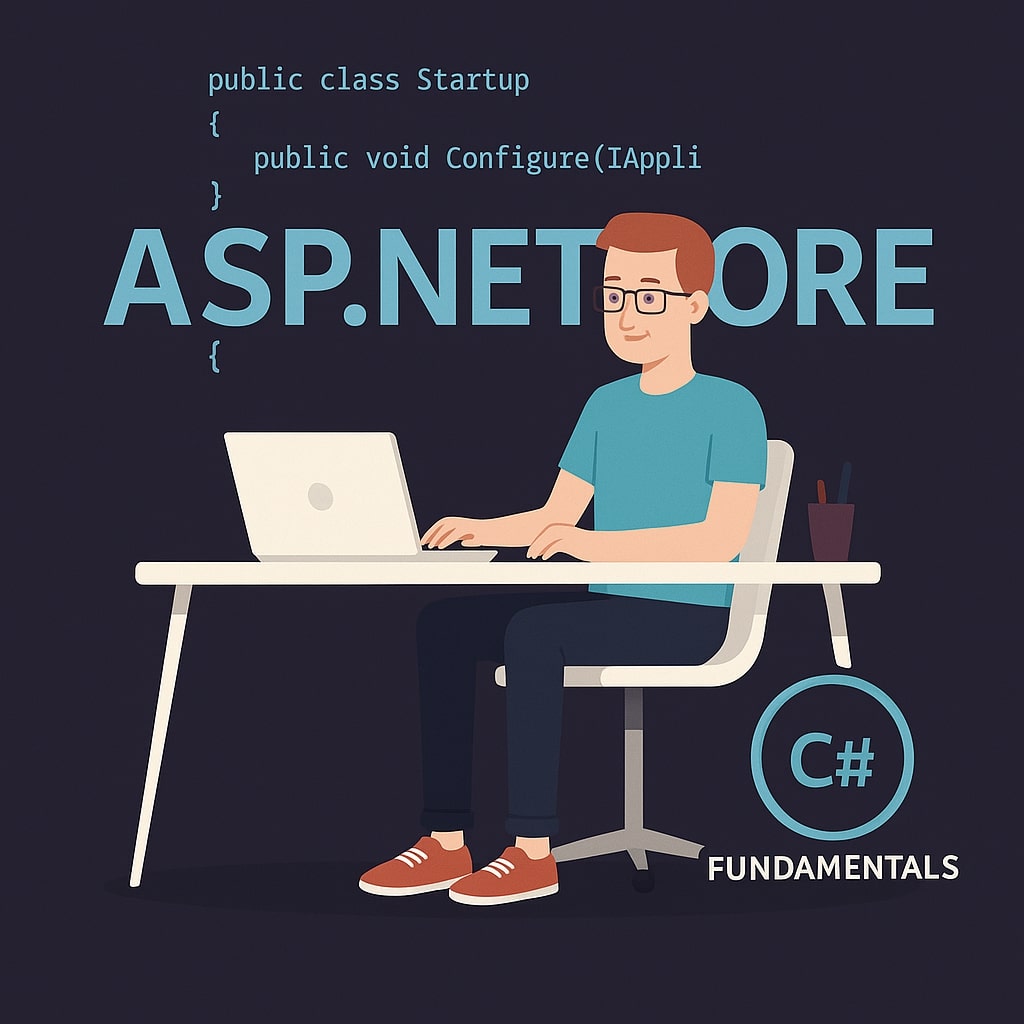Getting started with ASP.NET Core Fundamentals
An Overview of ASP.NET Core Foundations for Contemporary Web Developers
Microsoft created the free, open-source, cross-platform ASP.NET Core framework for creating contemporary cloud-based, internet-connected apps. This is ASP.NET's next generation, which has been redesigned to be quick, lightweight, and modular. ASP.NET Core provides a strong foundation for creating dynamic web pages, web APIs, and full-stack enterprise applications.
What Makes ASP.NET Core Different?
Because ASP.NET Core runs on.NET (formerly.NET Core), it is cross-platform and compatible with Windows, macOS, and Linux, in contrast to its predecessor ASP.NET, which only ran on Windows and the.NET Framework. Because of this adaptability, developers can create and implement apps in a variety of settings.
ASP.NET Core is also scalable and performance optimized. It has better runtime performance than previous frameworks, supports asynchronous programming, and is fundamentally based on dependency injection.
Core Concepts of ASP.NET Core
The following are essential building blocks that all ASP.NET Core developers need to comprehend:
1. Startup Class
The Startup.cs file, which specifies the application's request handling pipeline, is included with every ASP.NET Core application. It includes two crucial techniques:
ConfigureServices()– Used to register services for dependency injection.Configure()– Defines how HTTP requests are processed.
2. Middleware
The parts that manage HTTP requests and responses are called middleware. Each component of ASP.NET Core's middleware pipeline has the ability to examine, alter, or bypass the request. Routing, error-handling, and authentication are examples of common middleware.
3. Dependency Injection (DI)
Developers can cleanly and testably manage application dependencies with ASP.NET Core's built-in support for DI. Constructor injection is used to register and inject services such as logging, configuration, and custom repositories.
4. Routing
Incoming requests are routed to the appropriate controller actions. Routing in ASP.NET Core can be defined either conventionally in the Startup class or with attribute routing (e.g., [Route("api/products")]).
5. MVC and Razor Pages
ASP.NET Core supports both MVC (Model-View-Controller) and Razor Pages:
- MVC is ideal for large, structured web applications.
- Razor Pages is a page-centric model that works well for web apps that are simpler and have a clearer separation between markup and logic.
6. Web APIs
The ability to create RESTful APIs is one of ASP.NET Core's advantages. with built-in JSON support using System, model binding, and content negotiation, among other features.Text.Json, creating APIs is quick and easy.
7. Configuration & AppSettings
Flexible configuration is supported by ASP.NET Core from a variety of sources, including command-line arguments, environment variables, and JSON files. To manage settings like database connections or API keys, the appsettings.json file is frequently utilized.
8. Cross-Platform and Hosting
IIS, Kestrel (its integrated web server), or cloud platforms like Azure can host applications developed with ASP.NET Core. Depending on the needs of the project, developers can use its modular design to create full-scale web apps or minimal APIs.
Conclusion
A strong framework for creating cutting-edge, safe, and effective web applications is ASP.NET Core. Developers looking to create scalable web apps and APIs in C# will find it to be a great option due to its modular architecture, cross-platform capabilities, and support for industry-standard development patterns. Knowing the fundamental ideas presented here will give you a strong basis for mastering ASP.NET Core as you delve deeper into its ecosystem.
So, learn ASP.NET Core Step by Step with lots of examples. The Course is divided into chapters. Each chapter is dedicated to a specific topic.